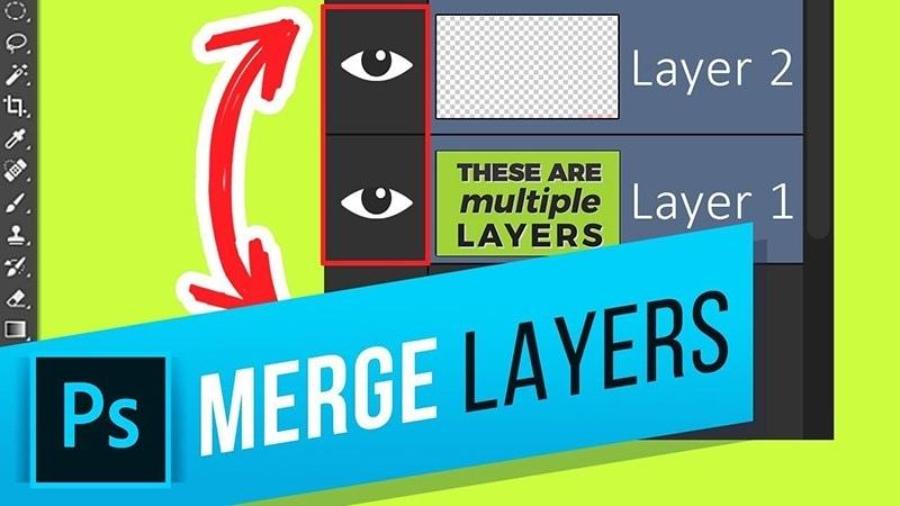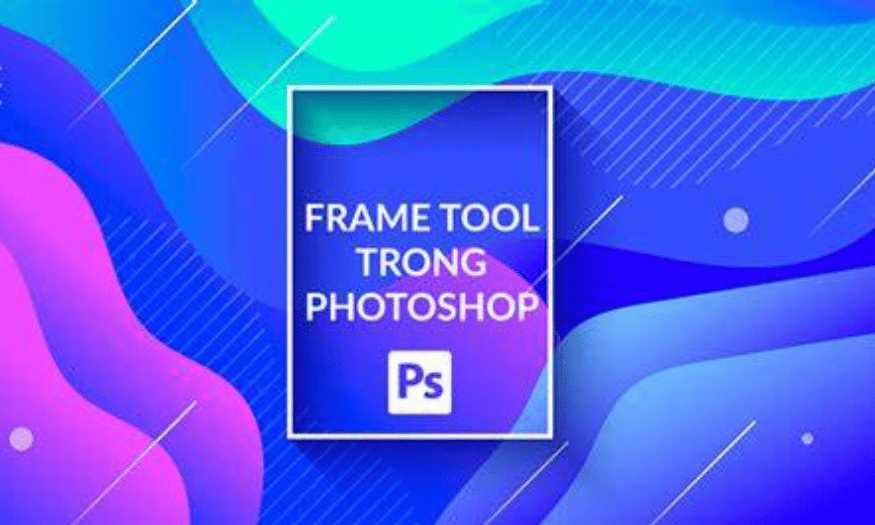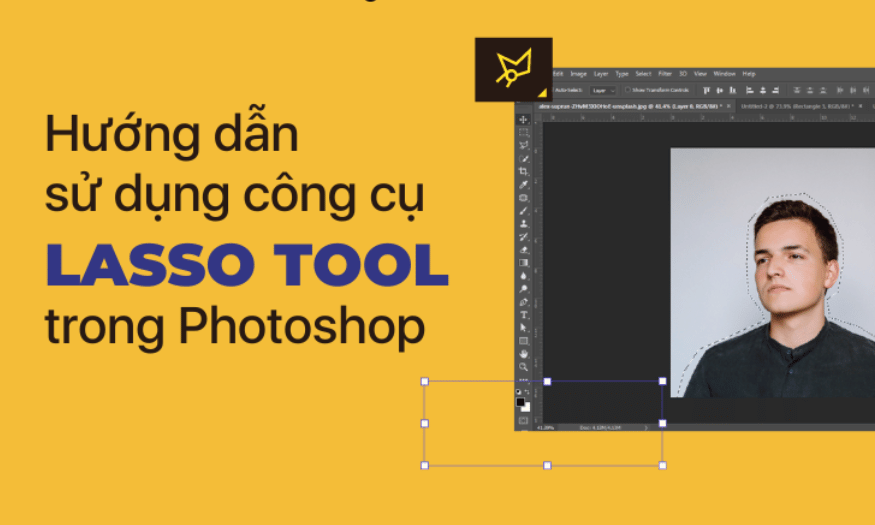Best Selling Products
Guide to creating effective and simple Key Visuals for beginners
Nội dung
- 1. Introduction What is Key Visual?
- 2. The role of Key Visual in marketing and communication
- 2.1 Building a strong brand
- 2.2 Make an Immediate Impression
- 2.3 Enhance emotional connection
- 2.4 Create consistency in communication campaigns
- 3. Elements needed in an effective Key Visual
- 3.1. Brand consistency
- 3.2. Clear message
- 3.3. Creativity and originality
- 3.4. Cross-platform compatibility
- 3.5. Emotions and Connections
- 3.6. Simplicity and ease of remembering
- 4. Steps to create simple Key Visual for beginners
- 4.1. Define goals and messages
- 4.2. Understand your target audience
- 4.3. Choose appropriate colors and images
- 4.4. Choose appropriate fonts and graphics
- 4.5. Use design software to create Key Visual
- 4.6. Check and adjust
- 5. Conclusion
What is Key Visual and how to create a simple Key Visual for beginners? Learn the basic steps and tips for designing effective Key Visuals in this article.

Key Visual is an important element in advertising, communication and graphic design campaigns. It not only helps to identify the brand but also attracts the attention of the viewers. This article will help you understand what Key Visual is, its importance and how to create a simple Key Visual even if you are a beginner.
1. Introduction What is Key Visual?
A Key Visual is a graphic design element used to represent a communication campaign, event, product or brand. It helps to convey a message clearly and easily, creating a strong connection with the target audience. A Key Visual is usually a striking, memorable image or graphic design that has the ability to make a strong impression on the viewer's mind.
.jpg)
A well-designed Key Visual will help attract attention and create consistency across all media and advertising publications, from banners, posters to promotional videos. In this way, it not only supports brand recognition but also helps viewers easily associate products and services with a key image.
This is a highly recognizable visual image or symbol that creates a strong impression and connects with the target audience. Key Visuals are often designed based on creative ideas, while ensuring consistency with the brand identity and strategic goals. As the "face" of the campaign, Key Visuals not only attract attention but also help to imprint the message in the minds of customers, thereby improving communication effectiveness.
2. The role of Key Visual in marketing and communication
Key Visuals are not only part of a design campaign but also play a very important role in conveying the marketing message. Here are some of the main roles of Key Visuals:
2.1 Building a strong brand
Key Visuals help create a consistent image for a brand. When customers see a Key Visual, they immediately recognize the brand or campaign. This is extremely important in building brand recognition in the minds of consumers.
.jpg)
Not only is it a visual element that makes a brand stand out and recognizable, it is also a tool to effectively convey the core message to the target audience. A well-designed Key Visual creates an emotional connection with customers and enhances consistency across multi-channel communication campaigns. This contributes to building a strong, professional and trustworthy brand image in a competitive market.
2.2 Make an Immediate Impression
In today’s information-saturated world, consumers’ attention is easily distracted. An impressive Key Visual can immediately attract attention and keep viewers engaged for longer. Key Visual plays an important role in marketing and communication, because it is not only a visual element that helps brands convey their messages but also creates a strong impression at first sight.
An effectively designed Key Visual can evoke emotions, spark curiosity and leave a lasting impression in the minds of your target audience. It is a strategic tool that helps brands build a consistent identity, differentiate themselves from their competitors and foster customer connection through iconic imagery and colors. Investing in quality Key Visuals is therefore not just an option but an essential part of any marketing campaign.
2.3 Enhance emotional connection
A well-designed and creative Key Visual will help create an emotional connection with consumers. It can connect emotions to the values, mission, or benefits of the product/service you are promoting.
By incorporating images, colors, and design elements that align with the brand's core values, Key Visual becomes a bridge that helps the brand connect more deeply with its target audience, thereby driving customer engagement and loyalty.
2.4 Create consistency in communication campaigns
A strong and clear Key Visual helps to unify your media and advertising campaigns. This makes it easier to convey your message and makes your campaign instantly recognizable.
3. Elements needed in an effective Key Visual
Key Visual is an important factor in building brand image and conveying the business message to customers. An effective Key Visual not only helps to enhance brand recognition but also creates a deep impression, promoting action from consumers. Below are the key points you need to note.
.jpg)
3.1. Brand consistency
Key Visuals need to clearly reflect the brand’s identity. From colors, styles, fonts to graphic elements, everything must be consistent with the brand identity system. This helps customers easily associate the image with the business, creating familiarity and trust.
3.2. Clear message
An effective Key Visual must convey the core message that the brand wants to convey. This message needs to be simple, easy to understand but still inspiring or stimulating the viewer's curiosity. Avoid using too many details that are confusing or overshadow the main meaning.
3.3. Creativity and originality
Creativity is an indispensable factor for Key Visual to stand out from the crowd of other images on the market. A unique and different design will attract attention at first sight, and create an unforgettable impression in the minds of customers.
3.4. Cross-platform compatibility
In the digital age, Key Visuals not only appear on traditional channels such as posters or billboards but are also used on many digital platforms such as social networks, websites, mobile applications, etc. Therefore, the design needs to ensure flexibility and easy adjustment to suit each format while maintaining consistency.
3.5. Emotions and Connections
An effective Key Visual is not only aesthetically pleasing, but also evokes emotions and creates a connection with the viewer. The images and colors used should be relevant to the target audience, helping them feel connected or attracted to the values that the brand represents.
3.6. Simplicity and ease of remembering
Simplicity is always the key to creating a memorable design. An overly complex Key Visual can make it difficult for viewers to grasp the main message. Focus on the most important elements and remove unnecessary details.
4. Steps to create simple Key Visual for beginners
.jpg)
Creating an impressive Key Visual may sound complicated, but if you follow these basic steps, it becomes a lot easier, especially for beginners:
4.1. Define goals and messages
Before you start designing, it's important to first determine the goal of your campaign and the message you want to convey. The Key Visual should align with that goal and clearly support the message. For example, if you're designing a Key Visual for a new product campaign, the message might be "Discover the Difference" or "Experience the Superior Features."
4.2. Understand your target audience
When designing your Key Visual, you need to understand your target audience. This audience can be different consumer groups, such as the younger generation, older people, or professionals in a certain field. Each group will have different interests, habits, and requirements. You need to make sure that your Key Visual is relevant to their interests and needs.
4.3. Choose appropriate colors and images
The colors and images in your Key Visuals should be appropriate to your message and target audience. Colors not only influence emotions, but also help with brand recognition. For example, green is often used to convey a fresh, eco-friendly feel, while red can convey a strong, assertive feeling. Images should be simple, clear, and easily recognizable.
4.4. Choose appropriate fonts and graphics
Fonts also play an important role in conveying your message. You want to choose a font that is easy to read and that matches your brand’s style and personality. Graphics can be icons, illustrations, or other graphic elements that help to highlight your campaign’s message.
4.5. Use design software to create Key Visual
Once you have an idea and the necessary elements, you can start using graphic design software like Adobe Photoshop, Illustrator, or free online design tools like Canva to create the Key Visual. Make sure you arrange the design elements in a way that is easy to see and understand, and keep the design simple yet impressive.
4.6. Check and adjust
Once you’re done, review your Key Visual. Make sure all the elements fit together and work together harmoniously. Ask others for feedback to see if the design is easy to understand and memorable. If necessary, tweak some details to make it more complete.
5. Conclusion
Key Visuals are an important element of any brand’s marketing and communication strategy. Not only do they help identify your brand, they are also a powerful tool for conveying your message and capturing the attention of your customers. Whether you are a beginner or an experienced designer, creating an effective Key Visual is an important skill to master.












































